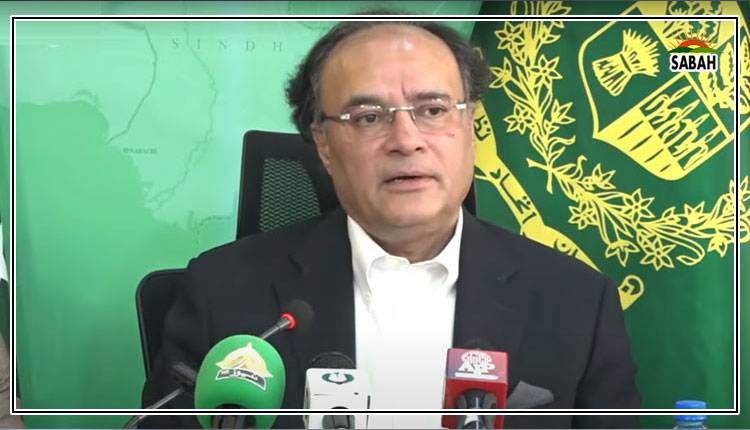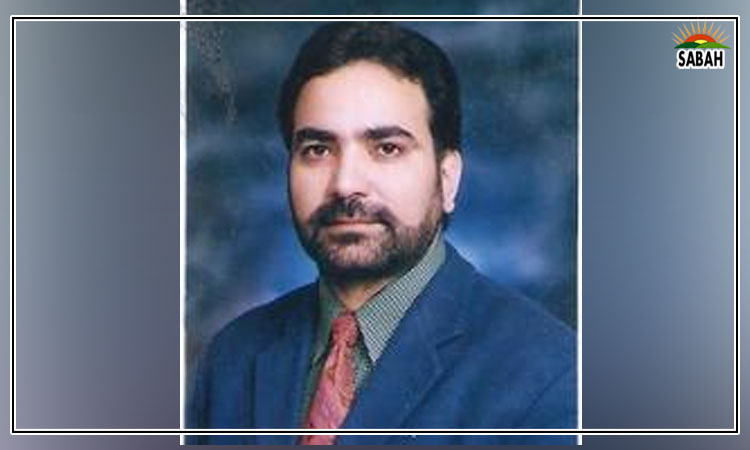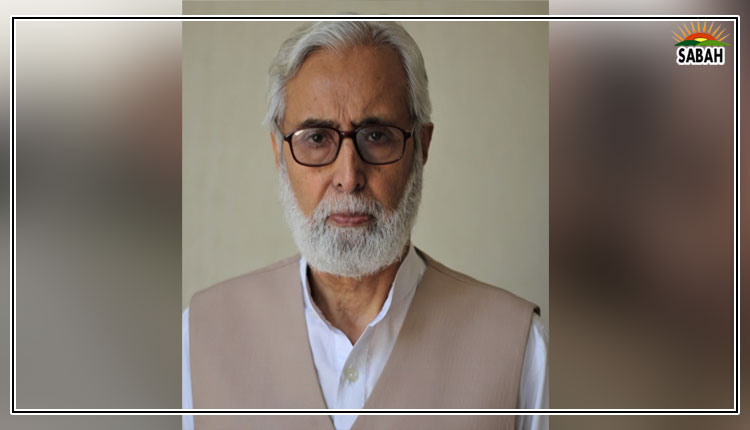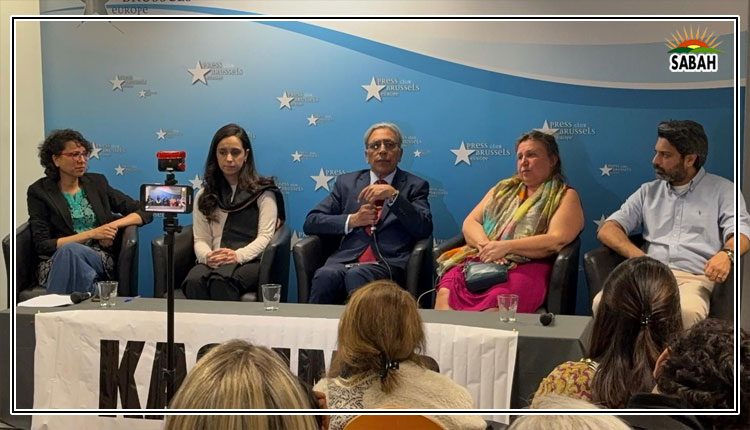COP29 journey ۔۔۔Zile Huma
The stage is being set in Baku, Azerbaijan, to kick off COP29 from November 11 to November 22, 2024. Discussions will focus on global progress toward meeting the objectives of the Paris Agreement. Many important topics will be analyzed and debated during the conference.
First, the conference will examine progress on Nationally Determined Contributions (NDCs). This will provide an opportunity to reassess the real impacts of the NDCs submitted by various countries and the actions they have taken to meet those targets.
It will also serve as a critical forum for urging wealthier nations to reevaluate their progress in achieving their goals. The next submission of NDCs is due in February 2025, and COP29 offers a chance to negotiate for the inclusion of detailed, sector-specific NDCs that account for impacts on vulnerable groups.
Countries lagging in their NDC achievements can use this forum to highlight challenges, obstacles, and the support they need from the international community to meet their emissions reduction targets. Developing nations, particularly those highly vulnerable to climate-related disasters, require financial and technical assistance to fully transition to renewable energy and adopt climate-resilient technologies as part of their NDC commitments.
A thorough analysis and discussion of previous NDCs will help nations finalize their new commitments, enabling them to set realistic targets to limit global warming to 1.5 C.
The second major topic of discussion will be the prospects of the New Collective Quantified Goal on Climate Finance (NCQG) and an assessment of progress made so far. According to COP29 President-Designate H E Mukhtar Babayev, “Adopting the NCQG will be a pivotal moment for whether Parties can make progress on the means of implementation and support, and the Paris Agreement more broadly. This will be the first major financial goal after the Paris Agreement, and we are sparing no effort to support the Parties to reach consensus.”
Several initiatives are underway within the realm of climate finance. First, the carbon credit market is emerging as a significant area regulated by governments and international frameworks. In this market, companies with carbon emissions exceeding their permitted limits can purchase carbon credits from those emitting below their allowances. COP29 will focus on reviewing the progress of these carbon markets. Additionally, various international climate funds have been established or are being operationalized to support developing countries affected by climate-related disasters.
The Green Climate Fund (GCF) is providing financing for projects in developing countries focused on mitigation and adaptation. Many projects related to renewable energy, sustainable food systems, climate-resilient infrastructure, and biodiversity protection have been funded under the Green Climate Fund’s first replenishment (GCF-1).
According to the GCF, the second replenishment (GCF-2) has reached a record funding level, with 31 countries pledging a total of $12.8 billion as of December 2023. However, COP29 will offer an opportunity to evaluate the actual funds collected under these pledges and the number of successfully funded projects.
Another significant fund is the Loss and Damage (L&D) Fund, which was announced for operationalization during COP28. A board has been established to finalize the modalities of the L&D Fund. According to Heinrich Boll Stiftung, key priorities include setting access modalities, allocation parameters, and a resource mobilization strategy to deliver funds to vulnerable countries and marginalized communities.
Many details still need to be defined to fully operationalize the L&D Fund. COP29 will play a critical role in shaping the structure and function of the L&D Fund, including timelines, funding collection and distribution, identification of marginalized communities, and transparency mechanisms, to ensure a meaningful impact.
The third important area is to review ‘National Adaptation Plans’ (NAP). This forum will be utilized to urge the nations to finalize the National Adaptation Plans (NAP) by 2025. After taking into account the first global stocktake of the Paris Agreement, nations can assess the areas of adaptations not up to the mark. After the finalization of NAP, the implementation process will begin globally to reach targets.
Fourth, the parties will review the Biennial Transparency Reports (BTRs) submitted by nations to inform future actions. States that have not yet submitted their BTRs will be urged to do so.
The fifth key area will focus on the role of gender and youth in climate change mitigation and adaptation. COP28 emphasized the importance of incorporating gender perspectives into climate action through dedicated financing and gender-sensitive policies. COP29 will similarly provide a valuable platform for young people, as one of the most affected stakeholder groups, to raise their voices. Climate change threatens the future of young generations, diminishing opportunities and creating substantial challenges.
With COP29 only a month away, this event will offer a crucial forum for addressing key areas of climate action, reviewing the progress of the Paris Agreement, and striving to limit global temperature rise to 1.5 C. However, nations must take meaningful actions and fulfill their commitments to drive positive impacts on a global scale.
The writer is a graduate of the
University of Oxford in Public Policy. She tweets/posts @zilehumma_1 and can be reached at: zilehuma_1@hotmail.com
Courtesy The News












